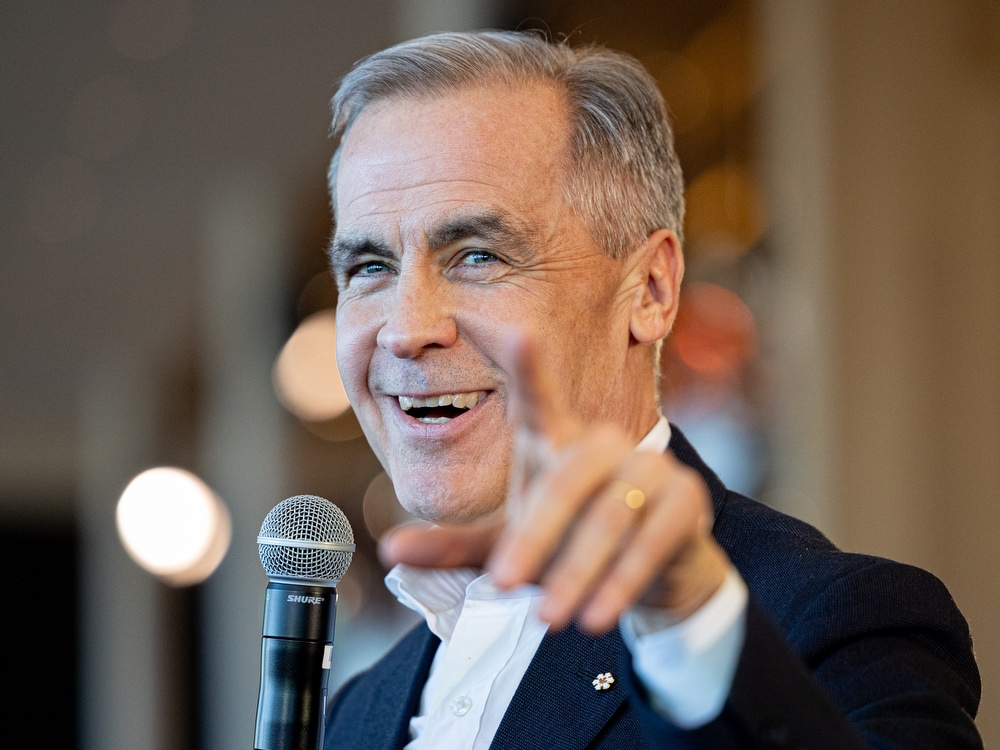Mark Carney, newly appointed leader of the Liberal Party, has introduced a federal election platform proposing a significant increase in government spending that exceeds Prime Minister Justin Trudeau’s previous fiscal plans. Announced on Saturday, Carney’s platform commits an additional $130 billion in new expenditures over four years, resulting in substantially higher deficits without a defined timeline to achieve budget balance. The plan includes major investments in defense, infrastructure, social equity, and Indigenous projects, while relying on optimistic assumptions about increased revenues and efficiencies to manage the growing fiscal gap. This strategy marks a continuation and escalation of the Liberal government’s historic approach to deficit spending, raising questions about the sustainability of Canada’s fiscal future.
Increased Spending and Deficit Projections
Mark Carney’s platform outlines an ambitious spending increase totaling $130 billion over the next four years. This surpasses the fiscal commitments previously made under Prime Minister Justin Trudeau’s administration. The new expenditures aim to support a wide range of government priorities, but they also project significantly larger annual deficits. Unlike Trudeau’s plans, Carney’s proposal does not specify a clear timeline or concrete measures to return to a balanced budget, reflecting a greater tolerance for prolonged fiscal deficits.
Key Areas of Investment
The platform targets several critical sectors for enhanced investment:
- Defense: Allocations include modernization of the Canadian Armed Forces and increased spending on national security initiatives.
- Infrastructure: Significant funding is earmarked for transportation, green energy projects, and urban development to stimulate economic growth and job creation.
- Social Equity: Programs aimed at reducing income inequality, supporting affordable housing, and expanding healthcare services are prioritized.
- Indigenous Projects: The plan includes substantial investments directed towards Indigenous communities to address longstanding disparities and support reconciliation efforts.
Fiscal Management and Assumptions
Carney’s platform depends heavily on projected increases in government revenues driven by economic growth, alongside efficiency improvements within federal programs. However, independent analyses have raised concerns regarding the realism of these optimistic assumptions. Critics argue that the plan’s reliance on enhanced revenue streams and cost-saving measures may underestimate the fiscal challenges associated with managing larger deficits over an extended period.
Implications for Canada’s Fiscal Future
This approach represents an intensification of the Liberal Party’s established policy of deficit spending, shifting away from efforts to promptly balance the federal budget. The increased reliance on borrowing could have long-term consequences for Canada’s credit rating and interest costs. Financial experts caution that without a clear plan for fiscal consolidation, the country risks compromising its economic stability and limiting future policy flexibility.
Political and Public Reactions
The platform has elicited a range of responses across the political spectrum. Supporters highlight the necessity of robust government intervention to address social and economic challenges, especially post-pandemic recovery. Conversely, critics question the sustainability of such fiscal policies and warn about potential negative impacts on taxpayers and future generations. These debates are expected to be central in the upcoming federal election campaign.
Mark Carney’s proposed federal election platform represents a marked increase in government spending and tolerance for larger deficits compared to previous Liberal fiscal plans. With targeted investments across defense, infrastructure, social equity, and Indigenous initiatives, the plan aims to address pressing national priorities. However, the reliance on optimistic revenue and efficiency assumptions, coupled with the absence of a clear strategy for returning to balanced budgets, raises valid concerns about the long-term sustainability of Canada’s fiscal health. As political debate intensifies, the implications of this expanded deficit spending will remain a critical issue for voters and policymakers evaluating Canada’s economic future.

